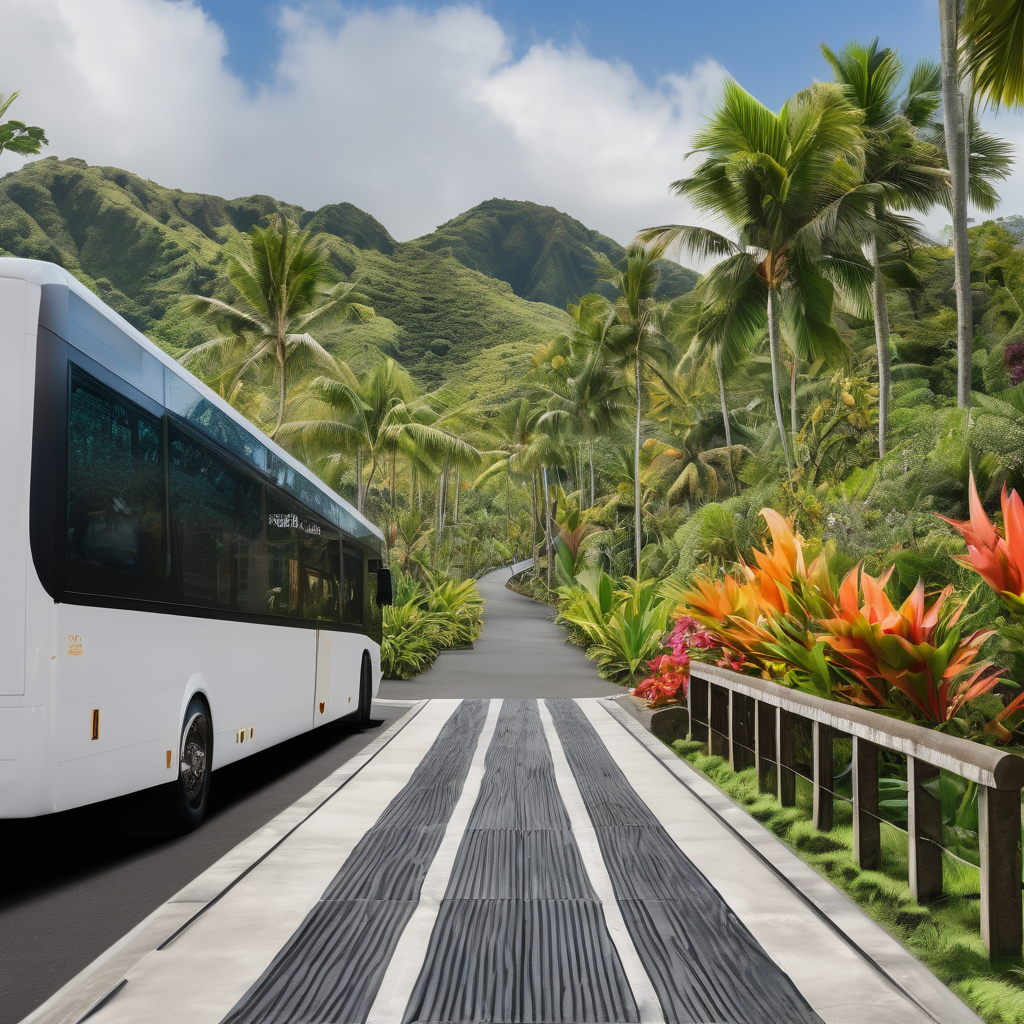Investment in disability inclusion has recorded notable increases, yet significant barriers to accessibility for individuals with disabilities remain prevalent in public spaces and transportation. A recent study by the National Council for Persons with Disabilities highlighted a worrying statistic: only 23 percent of transport facilities nationwide comply with accessibility standards. Minister for Women, Children, and Social Protection, Sashi Kiran, has taken a strong stance on the urgency of addressing these challenges.
Kiran underscored the government’s commitment to working in collaboration with the Fiji Roads Authority to improve safety for wheelchair users and individuals with visual impairments. She asserted that accessibility is a fundamental right and should be available to all citizens across the nation. “Accessibility is not a privilege; it’s a right, and it must extend to every corner of the country,” she emphasized.
Progress is underway, with initial accessibility projects initiating in locations such as Saraswati and jetties, while more extensive developments are planned for airports and seaports. Although major airports have seen significant improvements, Kiran pointed out that smaller airstrips and ports require substantial upgrades to enhance inclusivity and meet user expectations.
Compounding these challenges are additional statistics revealing that approximately 50% of infrastructure projects in Fiji do not cater to the needs of individuals living with disabilities. Recognizing these barriers, the government is launching new initiatives aimed at improving transportation accessibility through coordinated efforts and increasing funding, which has nearly doubled in recent years.
These progressive measures are geared towards constructing a society that offers equal opportunities for all citizens, reflecting a rising awareness and commitment to disability rights in Fiji. With continuous efforts from government agencies, community organizations, and stakeholders, there is significant promise of a more inclusive future, where individuals with disabilities can fully engage and participate meaningfully in community life. This new commitment signals a hopeful step towards breaking down the barriers that hinder accessibility and ensuring a better quality of life for all.
